QOTD: Would You Live in Automotive-Branded Housing?

I got a press release from Aston Martin today about the opening of a high-rise condo building in Miami that bears the company's branding.
Of course, the 66-story, 391-unit building is opening in time for next week's Miami Grand Prix Forumla 1 race.
Apparently, 99 percent of the units are sold. There's just a handful left. So I have to ask -- would you move into a building just because it bears the name of a car company?
According to Aston, about 50 of the folks moving in are the owners of cars from the company.
What makes the building so, uh, Aston-like? Well, the press release has a lot of buzzy corporate speak about the design themes borrowing from the company's automotive efforts, but some of the specifics include the use of Aston Martin door handles and leather on some of the doors. There's also at least one Aston Martin logo visible in the images the company shared. Finally, there are three Aston Martin-inspired interior themes owners can choose from for their units.
Non-automotive amenities include a fitness center, art gallery, golf simulator, two movie theaters, business center, conference center, playroom for kids, spa, beauty salon, and barber shop.
There is also an infinity pool, bar, lounge, jacuzzis, cabanas, ballroom, and more.
Units offer between one and five bedrooms, and there are seven(!) penthouses with private pools and terraces. On of those penthouses occupies the top three stories and has 27,191 square feet of living space. That's not a typo.
Owners will have direct access to a "superyacht marina" and a 24/7 butler service.
So, I have to ask, if money were no object, would you live in a condo building branded with a car-company name? Would it make a difference if instead of a luxury brand, it was a mainstream brand and more affordable?
Sound off below.
[Image: Aston Martin]
Become a TTAC insider. Get the latest news, features, TTAC takes, and everything else that gets to the truth about cars first by subscribing to our newsletter.

Tim Healey grew up around the auto-parts business and has always had a love for cars — his parents joke his first word was “‘Vette”. Despite this, he wanted to pursue a career in sports writing but he ended up falling semi-accidentally into the automotive-journalism industry, first at Consumer Guide Automotive and later at Web2Carz.com. He also worked as an industry analyst at Mintel Group and freelanced for About.com, CarFax, Vehix.com, High Gear Media, Torque News, FutureCar.com, Cars.com, among others, and of course Vertical Scope sites such as AutoGuide.com, Off-Road.com, and HybridCars.com. He’s an urbanite and as such, doesn’t need a daily driver, but if he had one, it would be compact, sporty, and have a manual transmission.
More by Tim Healey
Latest Car Reviews
Read moreLatest Product Reviews
Read moreRecent Comments
- MaintenanceCosts This is how you do it.
- SCE to AUX Never heard of Buc-ee's, especially here in the Pittsburgh area."As Electrek noted, 68 percent of Texans live in those regions." I get it, but putting chargers where the other 32% live may be more important.I wonder if they'll be installing CCS or NACS (Tesla) connectors, or both.
- Ajla Welp, that's it then. EVs are going to take over after all.
- Ash78 Brilliant...even including truck stops, I've never (anecdotally) seen people spend more time at a gas stop than my two trips ever to Bucc-ee's, which were 30-45 minutes each time. If EVs had been our norm from the beginning, instead of ICE vehicles, I suspect Bucc-ee's would be a "normal gas station" everywhere today.Still no cure for being in a hurry, but at least they've matched up a typical visit with a typical DC fast charge. That should be a winner.
- Arthur Dailey Agree with @Jeff, if you needed a cheap vehicle that was relatively robust and last a long time and you did not care about driving dynamics you could do worse than a J-Car. They as the saying go, drove badly, for a long time. They were less rust prone than many Japanese imports, and either more reliable or more robust than many (most) European or Korean autos. And parts were cheap and repairs relatively simple. As he writes, we complain about the lack of inexpensive, basic autos but then criticize autos that were inexpensive and basic. As the saying goes 'you can get cheap, fast or good, but you cannot get all 3 in the same product'.



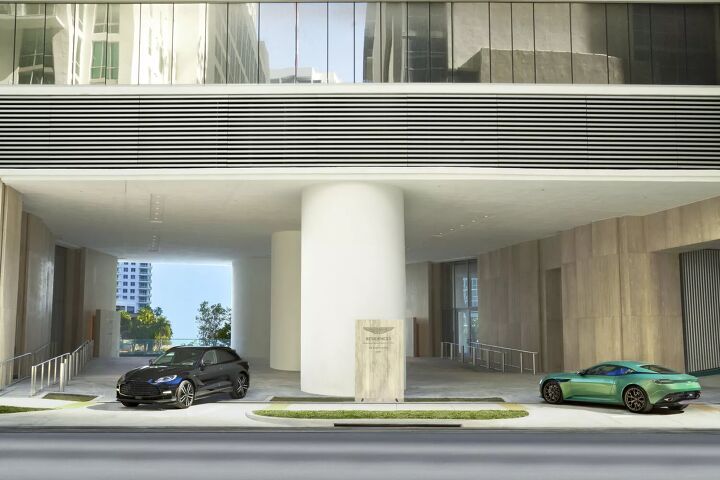












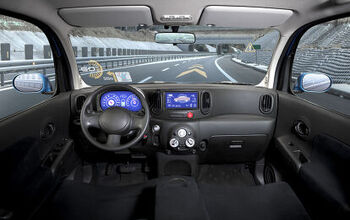
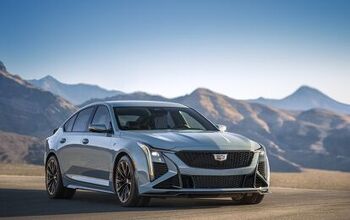


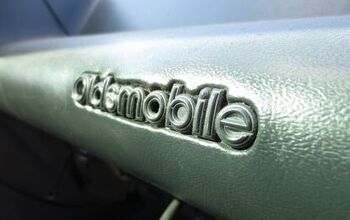
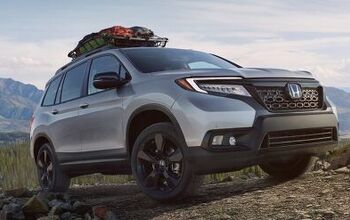












Comments
Join the conversation
I wonder if China has Great Wall condos?
Money IS no object for me, but I would NEVER live in such a LOSER building.
The REAL Tassos.